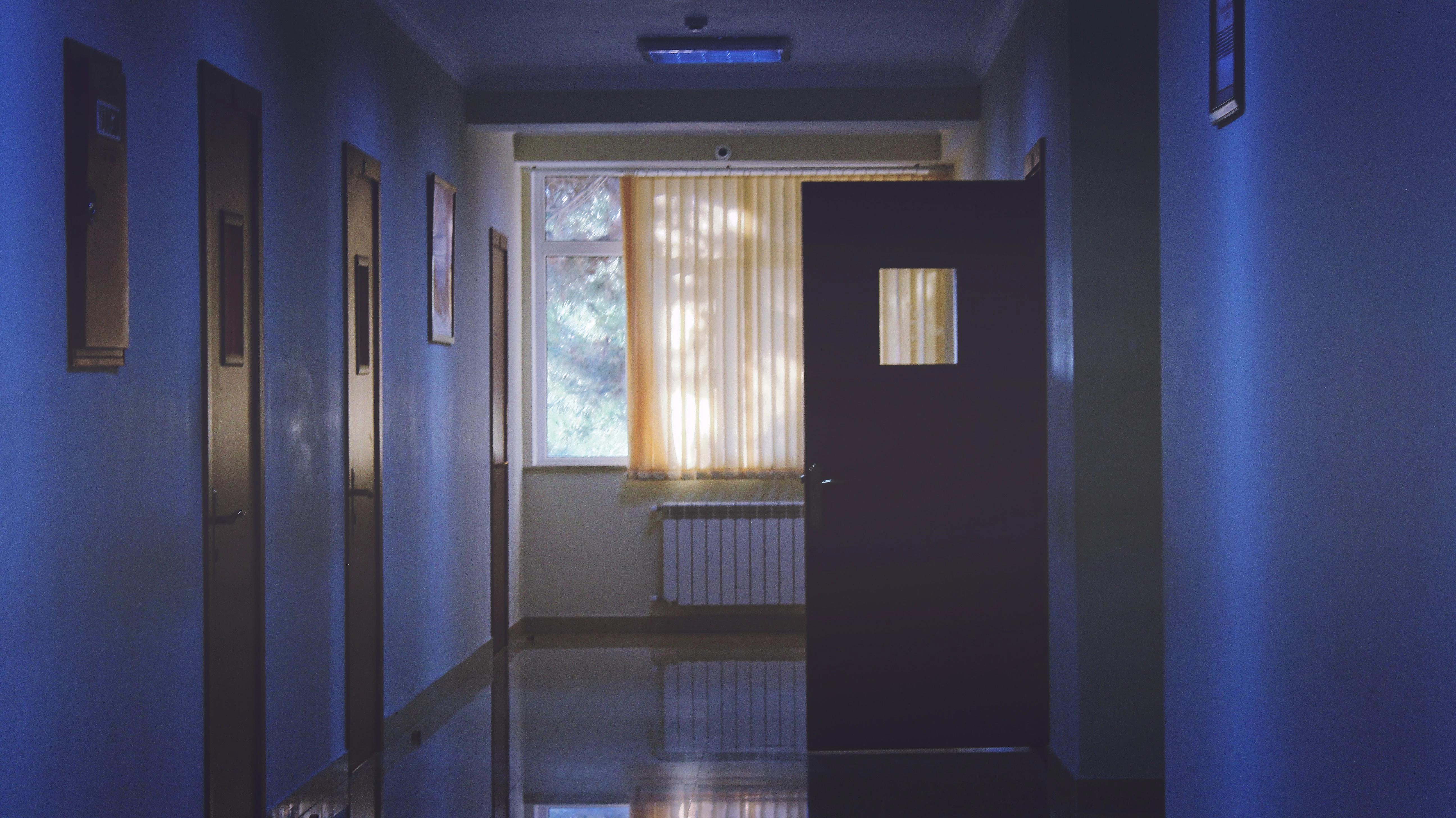
Member Article
The impact of moving pulp macerators out of the sluice room
Reducing infection control risk has been a key theme when disposing of human waste in healthcare environments. The shift from reusable bedpans and washers to disposable pulp bedpans and macerators has significantly improved infection risk rates and freed up time for nursing staff.
Traditionally macerators have been installed in the sluice room but in some new hospital projects, being built under the NHS procurement framework, repeatable room arrangements with en-suite facilities are being considered.
With the introduction of these localised facilities, macerators can now be installed at point of care. This has significantly reduced the infection transmission risk associated with transfer to a sluice room. However, this change also introduced a challenge as it’s been reported of serious concerns over the ability of ward staff to run the machines at night. Understandably ward staff are concerned with the effect of noise on patients’ recovery.
To put this in perspective, a typical macerator operates at 60dB to 65dB. 60dB is the level of normal conversation but also the average night-time hospital noise – studies at Musgrove Park Hospital in Taunton found noise levels on an average medical ward exceeded 60dB most of the time.
It’s not just patients who are affected by the noise level, noises above 60dB do lead to sleep disturbance but also increasing annoyance for staff who as a result may experience increased fatigue, emotional exhaustion and difficulty in effective communication.
The issue of excessive noise from macerators has not been fully recognised by all manufacturers across the industry whose machines are used constantly but previously out of patient’s sight and earshot.
In response to the possible negative impact on patient healthcare outcomes, it would be prudent to consider the noise your macerator makes if changing its location. Ask your supplier for background information on where their macerator noise is emitted from and the level it emits. One manufacturer has been undertaking trials which has proved to cut the average macerator noise by over 10dB. To explain this, given that the measurement of sound in Decibels is on a logarithmic scale, it means these models are twice as quiet as the market average.
The UK Noise Abatement Society work with Quiet Mark which is the internal mark of approval for low-noise technology. Whilst primarily working in goods for consumers, this has evolved to products in the workplace.
The significance of lower noise in the ‘real-world’ hospital equipment has very practical benefits. As St. James’s University Hospital in Leeds cited “In a ward where noise from the macerator is an issue..it will make it more likely for ward staff to use the macerator throughout the night”.
This was posted in Bdaily's Members' News section by Ruth Parry .
Enjoy the read? Get Bdaily delivered.
Sign up to receive our popular morning National email for free.




 test article 123456789
test article 123456789
 hmcmh89cg45mh98-cg45hm89-
hmcmh89cg45mh98-cg45hm89-
 test456456456456456456
test456456456456456456
 test123123123123123123
test123123123123123123
 test xxxdiosphfjpodskhfiuodsh
test xxxdiosphfjpodskhfiuodsh
 Savour the flavour: North Tyneside Restaurant Week returns for 2024
Savour the flavour: North Tyneside Restaurant Week returns for 2024
 Six steps to finding the right buyer for your business
Six steps to finding the right buyer for your business
 Stephen signs off on a special night
Stephen signs off on a special night
 Life’s a Peachaus: Gillian Ridley Whittle
Life’s a Peachaus: Gillian Ridley Whittle
 Making a splash: Phil Groom
Making a splash: Phil Groom
 Making workplace wellbeing a priority
Making workplace wellbeing a priority
 A record of delivery, a promise of more: Ben Houchen
A record of delivery, a promise of more: Ben Houchen